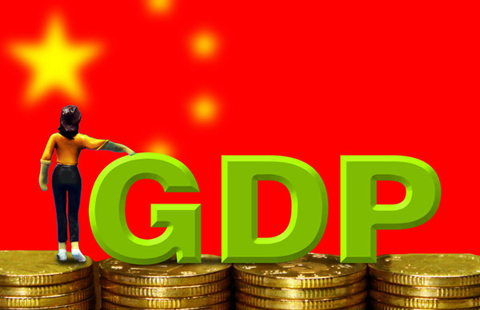Yuan ascends into the world's top five as payment currency
By JIANG XUEQING (China Daily) Updated: 2015-01-29 07:23The yuan declined to a record discount against the Chinese central bank's reference rate on Wednesday, pushing it toward the daily trading limit as the dollar strengthened.
The currency dropped 0.07 percent to close at 6.248 per dollar in Shanghai, according to prices from the China Foreign Exchange Trade System. It fell to as low as 6.2488, or 1.97 percent weaker than the People's Bank of China reference rate and close to the daily trading band's limit of 2 percent.
The monetary authority raised the fixing by 0.13 percent on Wednesday, the most since Dec 8, to 6.1282.
On Monday, the yuan touched a seven-month low of 6.2569.
Liu Hong, a researcher at Bank of China (Hong Kong) Ltd, said in an article on Tuesday that the latest weakness of the yuan was influenced by the US Dollar Index hitting 52-week high of 95.48 on Friday.
The US Dollar Index measures the value of the dollar against a basket of foreign currencies.
It was launched at 100 in March 1973 and has traded at a high of nearly 165 (February 1985) and a low of about 71 (March 2008). The basket represents most of the currencies of the United States' major trading partners, but not China. The basket is about 57 percent in the euro, 13 percent in the yen and 9 percent in the Canadian dollar.
Related story: Yuan suffers biggest loss since 2008, by Zheng Yangpeng, China Daily
The yuan's value tested the boundaries of what the authorities will tolerate on Monday, trading as much as 1.94 percent weaker than the lower limit of the People's Bank of China's reference rate.
Further declines are possible as the dollar has been strengthening in response to the European Central Bank's quantitative easing program and the outcome of the Greek parliamentary elections, analysts said.
But they said that China still has plenty of tools to prevent a sharp decline.
The yuan slid 0.41 percent to 6.2542 per dollar in Shanghai on Jan 26, extending a decline of 0.31 percent on Friday, according to securities information provider Wind Information Co Ltd.
It was the currency's biggest two-day loss since 2008, when markets were shaken by the global financial crisis.
- China's forest products foreign trade reaches $138b
- China eyes mass innovation, entrepreneurship as new engine
- CeBIT 2015 to focus on digitization, expects huge China presence
- China to set commercial crude oil reserve inventory
- China continues regular inspection on margin trading
- Heavy industry hub targets slower economy growth
- China turns to rail , nuclear to energize exports
- LeTV to sell smartphones in China

















